9 Archaeological Finds That Made Us Say "Wow"
Categories: Design and Architecture | Ecology | History | People | Photo project | Science | Society | World
By Vika https://pictolic.com/article/9-archaeological-finds-that-made-us-say-wow.htmlFrom time to time, researchers dig up treasure troves of interesting archaeological finds. While some of these ancient discoveries remain a mystery to us, others are easily explained. We know what people in the past used anchors, keys, and helmets for, but the fact that these artifacts survived for hundreds, sometimes thousands of years, is pretty amazing.
The objects listed here may seem mundane at first glance, but once you understand how long ago they were created and used, all that remains is to say: “Wow.”
9 PHOTOS
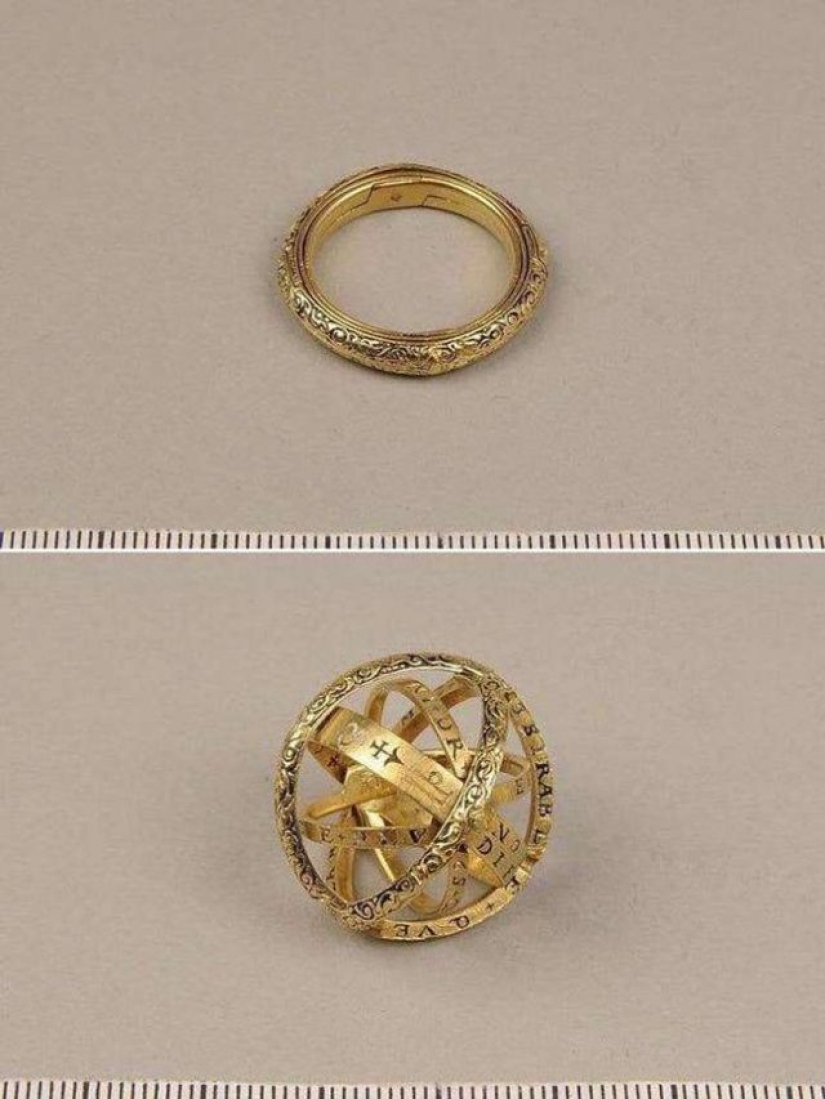
1. Ring of the XVI century, unfolding in the astronomical sphere.
Comparable to larger navigational instruments, the armillary sphere rings worn by explorers in the 16th and 17th centuries were folding pieces of equipment symbolizing knowledge. Rings can be adorned with astrological signs or decorative stones in quantities ranging from two to eight. This ring is associated with Germany, but the design of astrological rings is often associated with the 15th-century Jewish physician Bonetus de Latis.
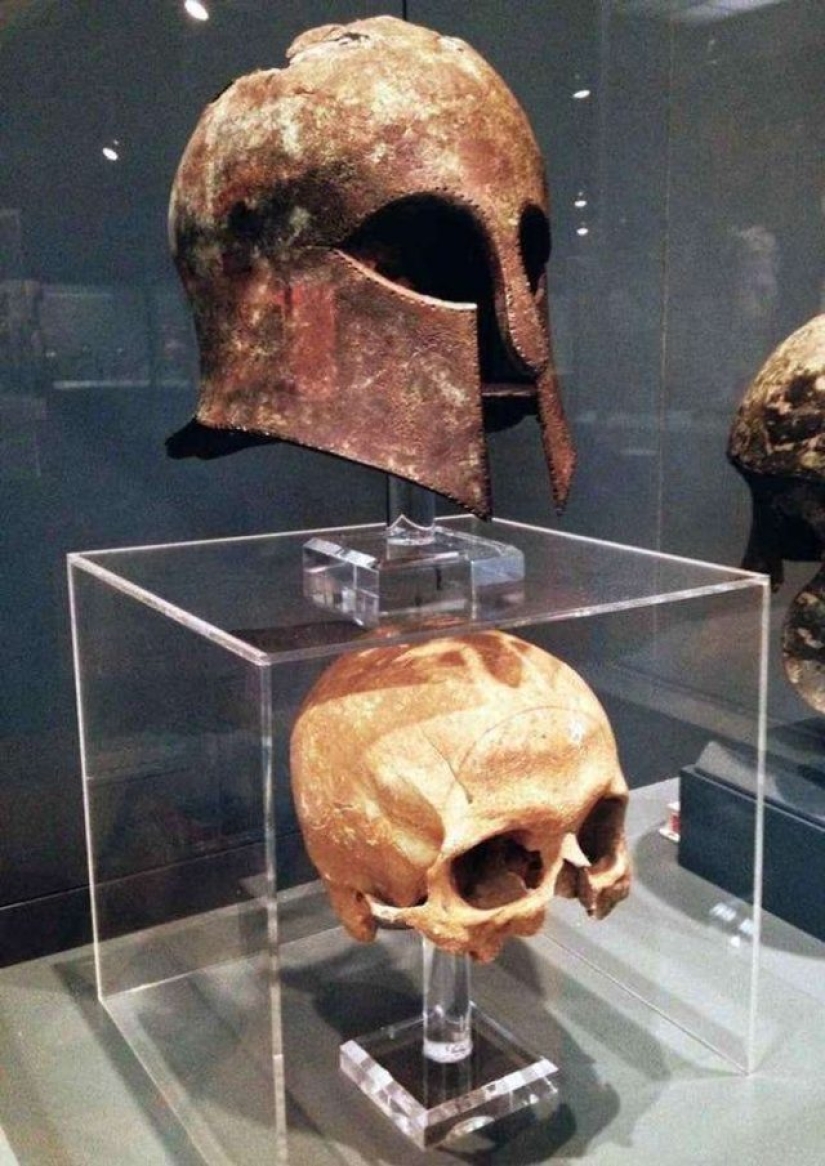
1. Ring of the XVI century, unfolding in the astronomical sphere.
The Corinthian helmet, which contained its wearer's skull, is believed to have been found by George Nugent Grenville, Lord High Commissioner of the Ionian Islands in Greece in 1834, dating from the Battle of Marathon. The battle between Greek and Persian forces in 490 BC gives rise to the legend of Pheidippides, the Athenian messenger who ran throughout Greece to warn of an impending battle, and the father of the modern marathon.
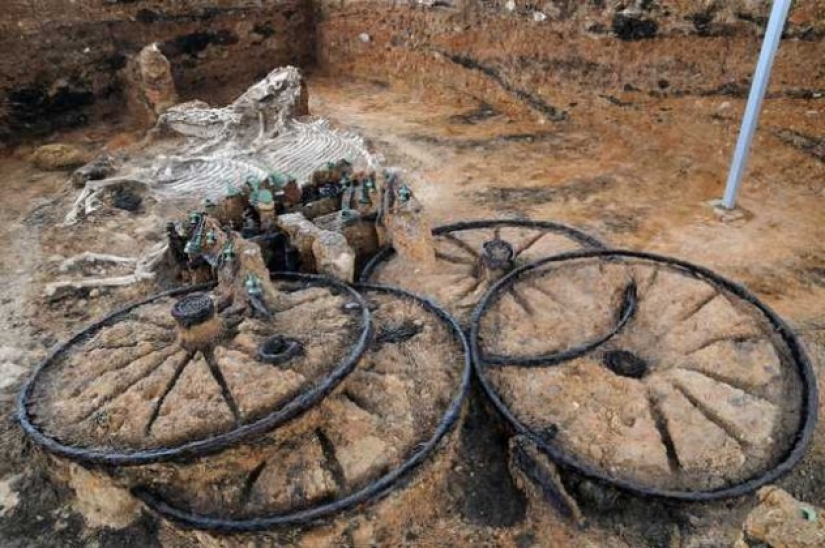
3. 2000-year-old chariot with complete horse skeletons.
In 2008, archaeologist Veselin Ignatov and his team discovered a chariot with two complete horse skeletons, a fairly common occurrence in the region that is now Bulgaria. Between 1800 and 2000, the chariot was made of wood and covered with bronze, symbolizing "prestige, power, and authority". According to Ignatov, the horses were most likely killed during the burial, and additional sacrifices were made to the gods to ease the transition to the afterlife.
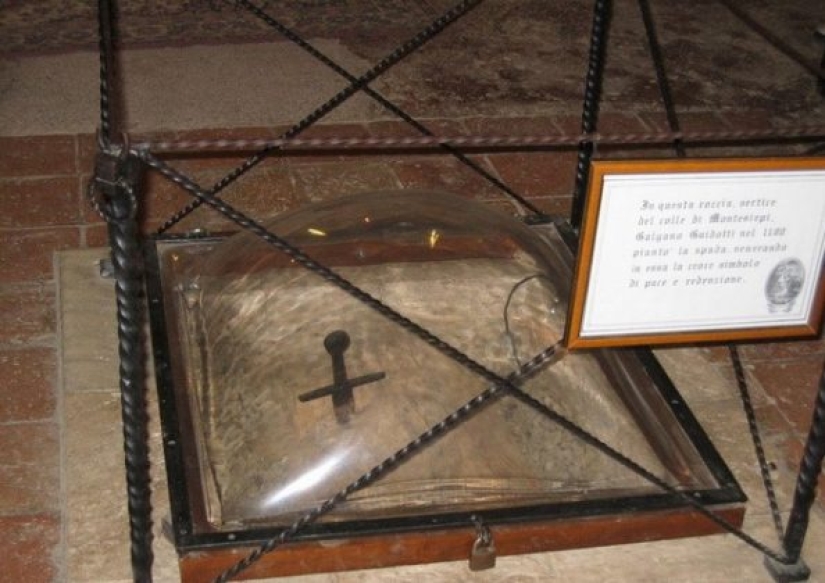
4. The sword of Galgano, is considered a real "sword in the stone" of the XII century.
Galgano's sword, named after Saint Galgano Guidotti, is encased in a stone now in a small chapel in Tuscany. Galgano, once a noble knight, renounced his worldly possessions after angelic visions. Secluded in solitude, Galgano allegedly pierced a stone with his sword, turning it into a religious cross.
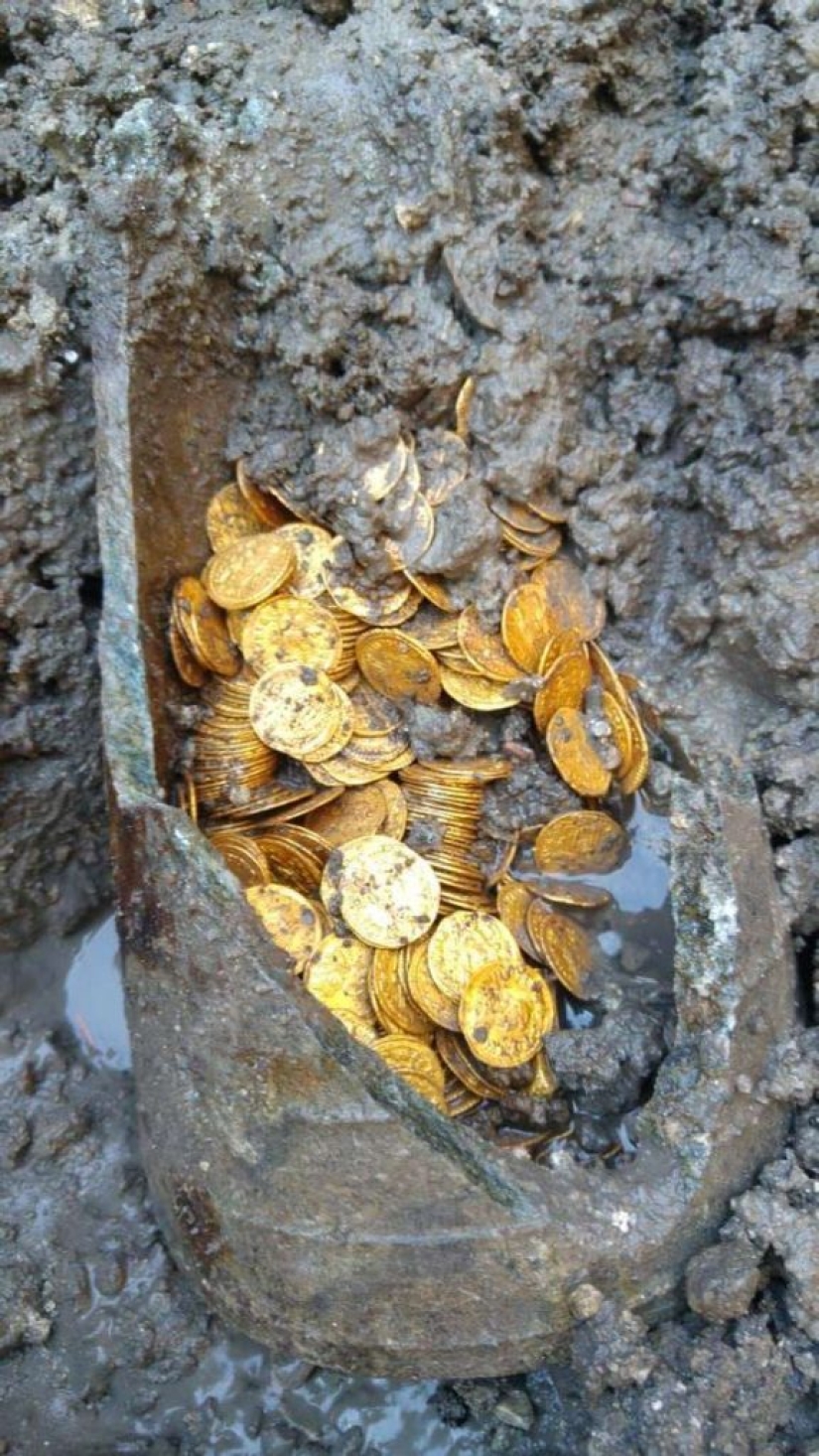
5. Ancient Roman gold coins found in the basement of an Italian theater.
In 2018, a team of archaeologists found hundreds of gold coins in the ground beneath the Cressoni Theater in Como, Italy. According to the numismatist Maria Grazia Facchinetti, the coins were "buried in such a way that in case of danger they could go and collect them ... They were stacked in rolls like those that can be seen today in a bank." The coins are dated late 4th and around 474 AD, all suggesting that "the owner is not a private individual, rather it may be a public bank or deposit".
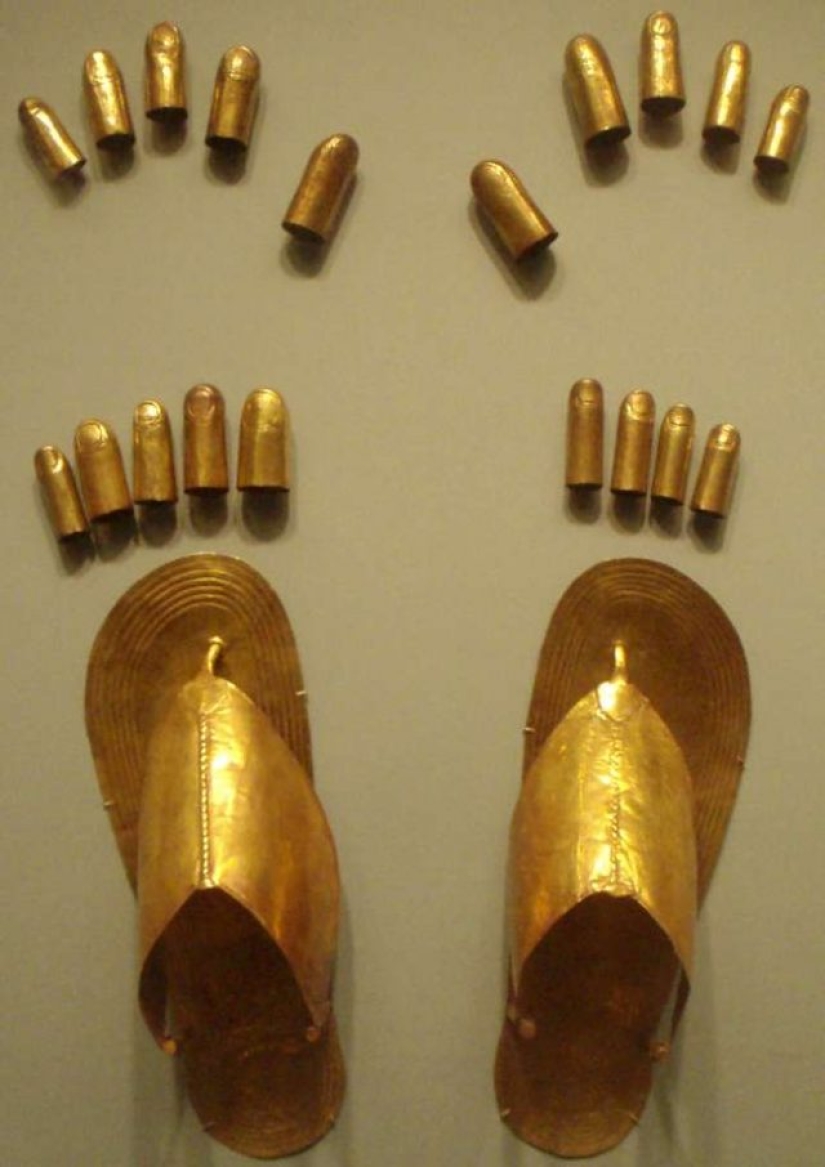
6. Golden sandals and toe pads found in the tomb of the wives of Thutmose III.
Found among the funerary objects of the three wives of Thutmose III, thin gold sandals and toe pads date back to the middle of the 15th century BC.
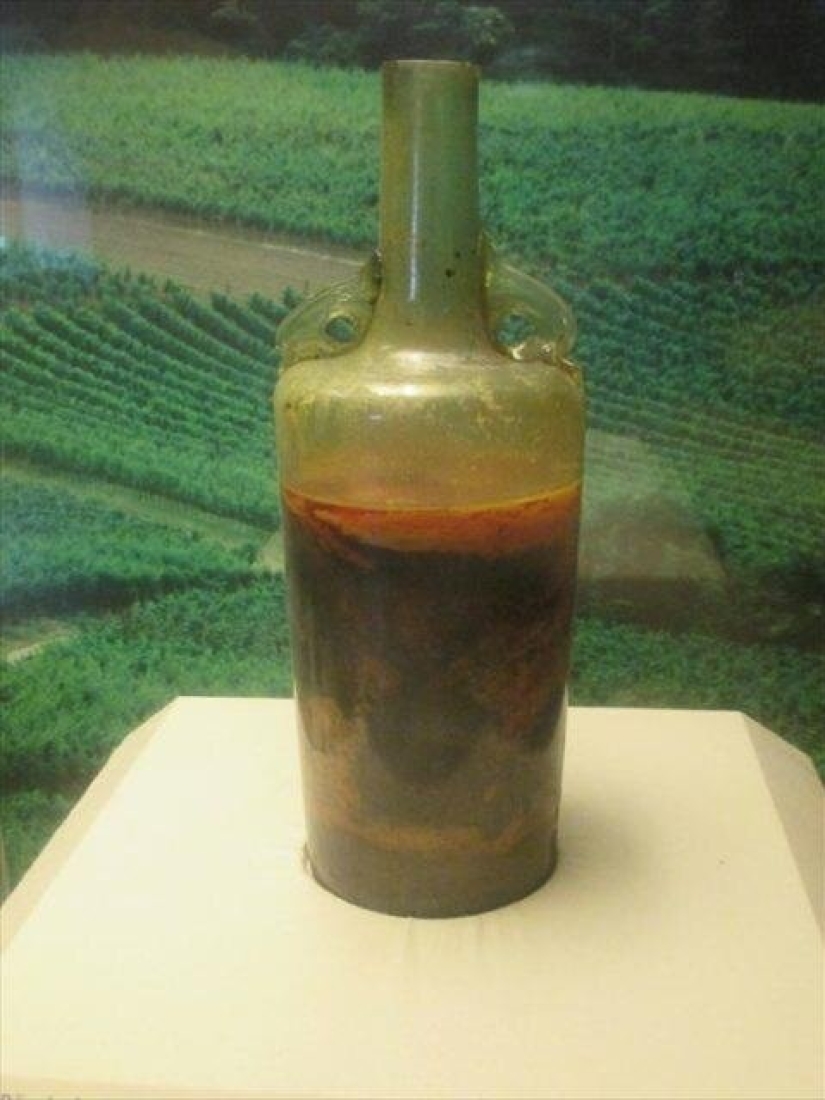
7. The oldest bottle of wine in the world.
The oldest bottle of wine dates from 325-350 BC. CE was found in a Roman tomb in Germany in 1867. Named after the town of Speyer, not far from where the bottle was found, the bottle has unique dolphin-shaped handles and is sealed with wax. Several other bottles were found along with the Speyer bottle, but they were all empty or broken. The exact contents remain unknown, but archaeologists believe the mixture inside was made from grapes grown in the region.
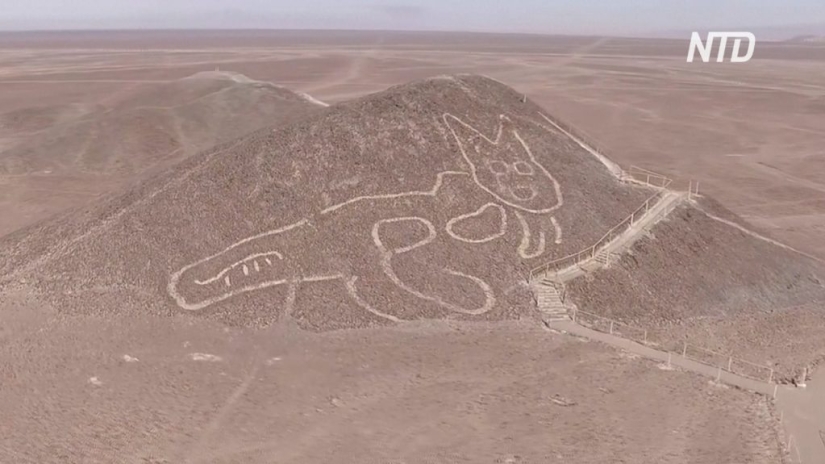
8. A 2,000-year-old cat engraved on a hillside in Peru.
In 2020, archaeologists discovered a giant engraving of a cat, carved over 2,000 years ago, on a hillside in southern Peru. "The figure was barely visible and was about to disappear due to its location on a rather steep slope and the effects of natural erosion," Peru's Ministry of Culture said in a statement. This cartoon's geoglyph is 37 meters long and depicts a feline with large round eyes and mouth (or nose), pointed ears, and a long striped tail.
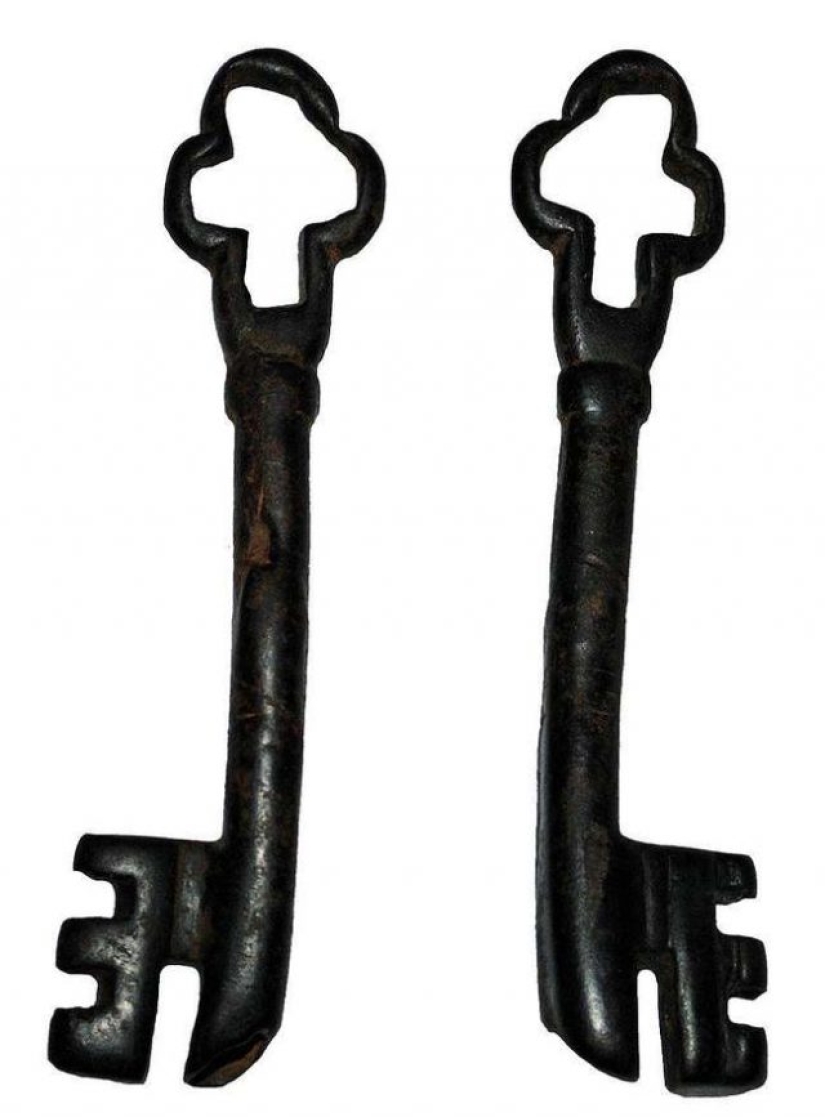
9. Medieval keys found in England.
Locks and keys from the medieval period have been found in many shapes and sizes, most commonly made of copper alloy. Keys could also be made of silver, lead, animal bone, or iron.
Keywords: Archaeological finds | History | Historical finds | Researchers | Treasure troves | Artifacts | Facts
Post News ArticleRecent articles

Professional street photographer Eric Kim teaches his craft in workshops around the world. Next, you will find some tips from a ...

The fullness of women's buttocks has been appreciated by men at all times. The face, legs and chest, of course, drive you crazy, ...
Related articles

History has known many cases when dwarfs were close to persons of royal blood. But there is only one known case in which a dwarf ...

Indeed, everyone is used to a certain set of gardeners: potatoes, tomatoes, strawberries, onions, peppers and all sorts of greens. ...

Modern people are sure that all devilry begins exactly at midnight and this time is considered the most mystical and dangerous. But ...

Treasures are all associated with pirates, robbers and the affairs of bygone days. You will be surprised, but countless treasures ...